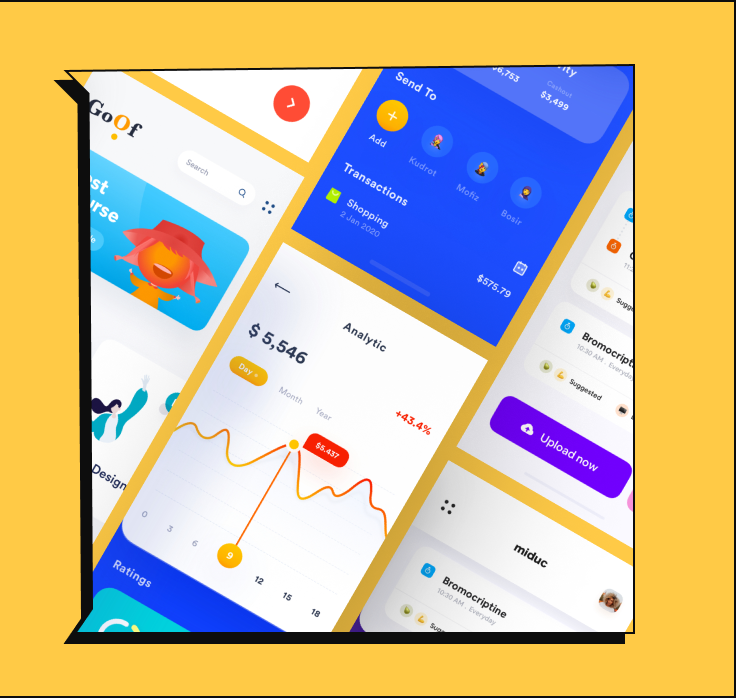SaaS and the Internet of Things (IoT): Creating Value at the Intersection
May 20, 2024
Imagine a world where your coffee machine knows just when you wake up or your office environment adjusts itself to optimize your productivity without your input. As of 2021, there are over 10 billion active IoT devices worldwide, and this number is expected to surpass 25.4 billion by 2030. This staggering proliferation of connected devices presents an unprecedented opportunity for Software as a Service (SaaS) businesses to create new value at the intersection of SaaS and the Internet of Things (IoT).
Introduction to the Symbiotic Relationship Between SaaS and IoT
At first glance, SaaS and IoT might appear as separate realms: SaaS operates in the cloud, delivering applications over the internet, while IoT is about physical devices 'talking' to each other. However, these two technologies are becoming profoundly interdependent, crafting a digital ecosystem where the synergy between cloud-based services and smart devices is unlocking innovative business solutions. Entrepreneurs and business owners stand at the cusp of this revolution, where understanding and leveraging the overlap between SaaS and IoT can lead to competitive advantage and growth.
Understanding the IoT Ecosystem and Its Potential for SaaS
The IoT ecosystem consists of three primary components: devices that collect data, networks that transport this information, and the data itself, which holds valuable insights. With the expansion of IoT, the volume of data has exploded, necessitating sophisticated systems for management and analysis. SaaS platforms, with their inherent scalability and flexibility, offer the perfect foundation for enhancing the intelligence and functionality of IoT systems. From streamlining operations to launching predictive maintenance, SaaS solutions not only manage IoT data but also transform it into strategic insights, driving efficiency and innovation.
Leveraging IoT Data for Enhanced SaaS Offerings
SaaS stands at the forefront of this data-driven revolution, offering the analytics and interpretation tools necessary to harness the deluge of information generated by IoT devices. By integrating with IoT, SaaS platforms can provide businesses with actionable insights and sophisticated data analytics, turning raw data into operational gold. Moreover, the scalability and flexibility inherent in SaaS are indispensable for IoT applications, which often require rapidly adapting to fluctuating data streams and evolving business needs. This fusion of technologies means that SaaS providers can continuously refine their offerings, ensuring that their IoT-integrated solutions can not only meet but anticipate the needs of their users.
In the fast-evolving world of technology, maintaining a competitive edge is paramount. SaaS companies are now turning to the Internet of Things (IoT) to deliver innovative services that offer more than just convenience—they provide critical functionality and security in our hyper-connected age.
SaaS-driven Innovation in IoT Device Management and Security
As the number of IoT devices skyrockets, the need for comprehensive device management and security becomes increasingly pressing. It's a complex task, as these devices are often distributed across various locations and need to be updated, managed, and protected from ever-evolving cybersecurity threats. Enter SaaS—its cloud-native nature makes it ideal for handling these challenges on a massive scale. With SaaS platforms, businesses can remotely monitor device health, manage firmware updates and ensure that security protocols are consistently applied, all from a centralized dashboard. This ability to offer robust device management and security solutions in a scalable, subscription-based model opens up lucrative business opportunities. It's not just about protecting a network; it's about ensuring the reliability and safety of the IoT ecosystem, a service that customers are willing to pay for to safeguard their investments.
Monetizing IoT Connections Through SaaS Models
The symbiosis between SaaS and IoT creates a fertile ground for generating revenue. By monetizing IoT connections, SaaS providers can establish recurrent revenue streams that align with the growing demand for IoT functionalities. The subscription model, the hallmark of SaaS, fits neatly with IoT, offering a steady income in exchange for ongoing service and support. This can include anything from data storage and analysis to predictive maintenance alerts. Moreover, pay-per-use frameworks cater to the variability in IoT device usage, ensuring that customers only pay for the services they need. This model is particularly effective in sectors where IoT device use fluctuates. By examining case studies from successful SaaS companies in the IoT space, we can identify key strategies for pricing and service delivery that maximize profitability while providing value to the customer.
Future Outlook: The Evolving SaaS-IoT Landscape and Market Opportunities
Looking ahead, the intersection of SaaS and IoT holds immense potential. As the capabilities of IoT devices continue to expand, so too does the opportunity for SaaS providers to introduce new services and features. The ongoing advancements in artificial intelligence and machine learning could lead to a new era of autonomous, self-optimizing IoT systems powered by SaaS platforms. This may open up untapped markets, such as small businesses that previously couldn't leverage IoT due to complexity or cost concerns. By identifying these emerging trends, SaaS companies can position themselves at the forefront of innovation, ready to offer solutions that meet the evolving needs of their customers. To thrive in this dynamic landscape, SaaS providers must stay agile, continuously adapting to technological advancements and seizing market opportunities as they arise.
To grow your SaaS business in the IoT space, focus on developing solutions that address real-world problems. Ensure your offerings are scalable, secure, and user-friendly. Stay informed about emerging IoT trends and technologies, and consider partnerships with IoT device manufacturers to expand your reach. Remember, it's not just about the technology—it's about how your SaaS can add value to the IoT ecosystem and solve your customers' challenges. Embrace a customer-centric approach, and you'll build a SaaS business that stands the test of time in the thrilling world of IoT.

Ready to Skyrocket Your SaaS?
Leverage our comprehensive list to cut through the noise and elevate your SaaS. The path to your first 1000 users starts here.

